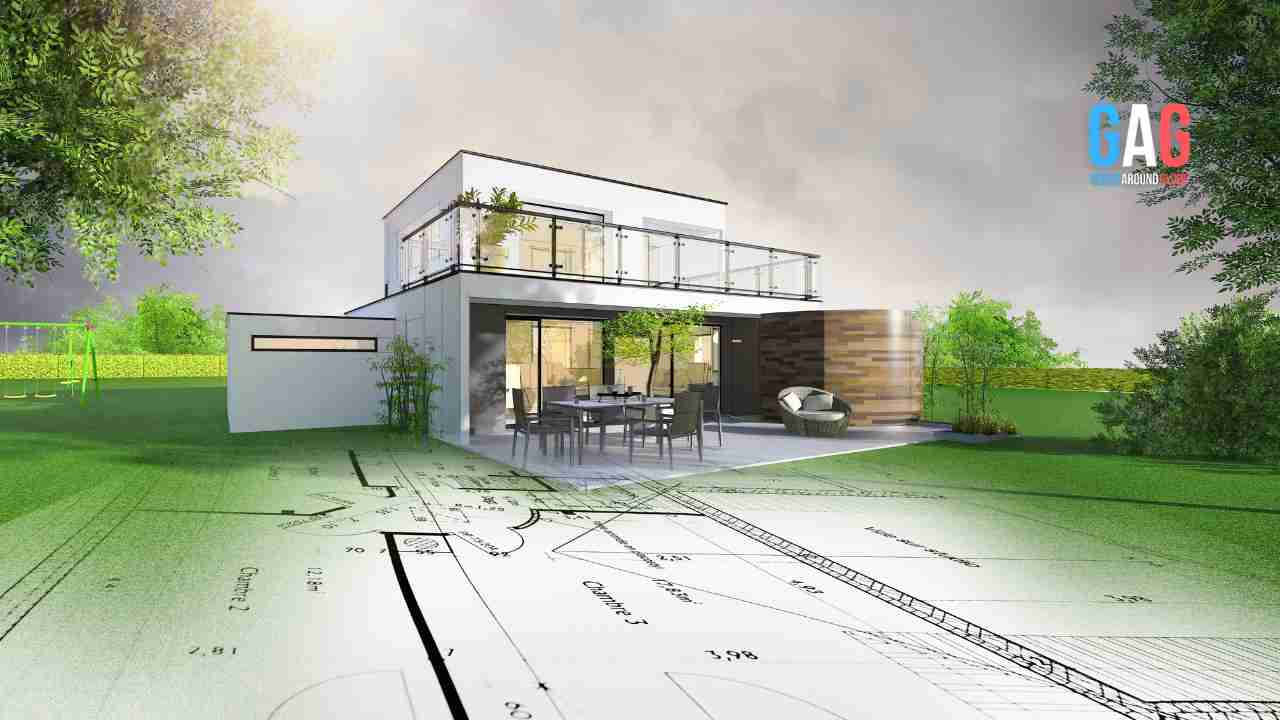Ever wondered how architects manage to turn their sketches into breathtaking buildings? Well, 3D capture software has a big role to play in this transformation. The marriage of technology with architectural vision allows for the creation of spaces that are both functional and awe-inspiring. But let’s dig deeper into how creativity shapes spaces in 3D architecture.
The Third Dimension: Beyond the Blueprint
Traditionally, architects relied on blueprints to communicate their designs. But let’s be honest, blueprints are like reading a book with only words and no illustrations. They’re a necessary part of the process but can’t express the true essence of a design. Enter 3D architecture. The addition of this third dimension allows architects to create interactive models that bring their visions to life.
This is akin to a chef using an extra set of exotic spices to elevate a dish from good to unforgettable. The third dimension adds depth, realism, and tangibility to architectural designs, making them easier to understand and appreciate.
Immersive Experiences: Virtual Walkthroughs and More
Remember the excitement of physically walking through a new house for the first time? That sense of discovery is irreplaceable. Well, with Coohom 3d design software, 3D architecture aims to replicate that feeling virtually. Through technologies like virtual reality, potential homeowners can take a “walk” through their future abodes long before the first brick is laid.
For architects, it’s a unique opportunity to showcase their designs in a more interactive format, creating a more engaging narrative around their creative vision.
Adobe states, “Capture your world seamlessly in 3D.”
Sustainability: A Design Philosophy, Not Just an Add-on
In a world grappling with climate change, sustainability isn’t just a buzzword; it’s a necessity. And guess what? 3D architecture makes it easier to integrate sustainable features right from the design stage. It’s like designing a car that’s fast, sleek, and fuel-efficient.
Visualizing how natural light will enter a room or how rainwater can be harvested and utilized allows architects to include these elements seamlessly into their designs rather than tacking them on as afterthoughts.
From Imagination to Reality: The Role of Computational Design
3D architecture isn’t just about pretty visuals; a lot of mathematical rigor is involved. The engineer inside the artist works out the nuts and bolts to ensure the dream translates to sturdy, livable spaces.
With computational design tools, architects can run simulations to test everything from structural integrity to airflow, much like a video game designer would run a new level through various scenarios to ensure it’s both challenging and fair. This marriage of creativity and practicality ensures that the final structure is stunning and safe.
The Social Impact: Designing for Communities, Not Just Individuals
Architecture is more than just individual buildings; it’s about creating spaces where communities can thrive. 3D architecture has made engaging with stakeholders in the design process easier. It’s like crowd-sourcing ideas for a new public park, ensuring it has something for everyone—from playgrounds for kids to quiet spots for seniors. This democratic approach enriches the design process, ensuring that the final space reflects the needs and aspirations of the community it will serve.
The impact of 3D architecture is far-reaching, affecting not just how buildings look but also how they function and interact with their environments. Whether it’s the thrill of walking through a virtual replica of your future home, focusing on sustainability, or applying computational design, 3D architecture brings a new dimension of creativity and functionality to the field. It challenges architects not just to dream big but to realize those dreams in a way that is both visionary and deeply practical.







